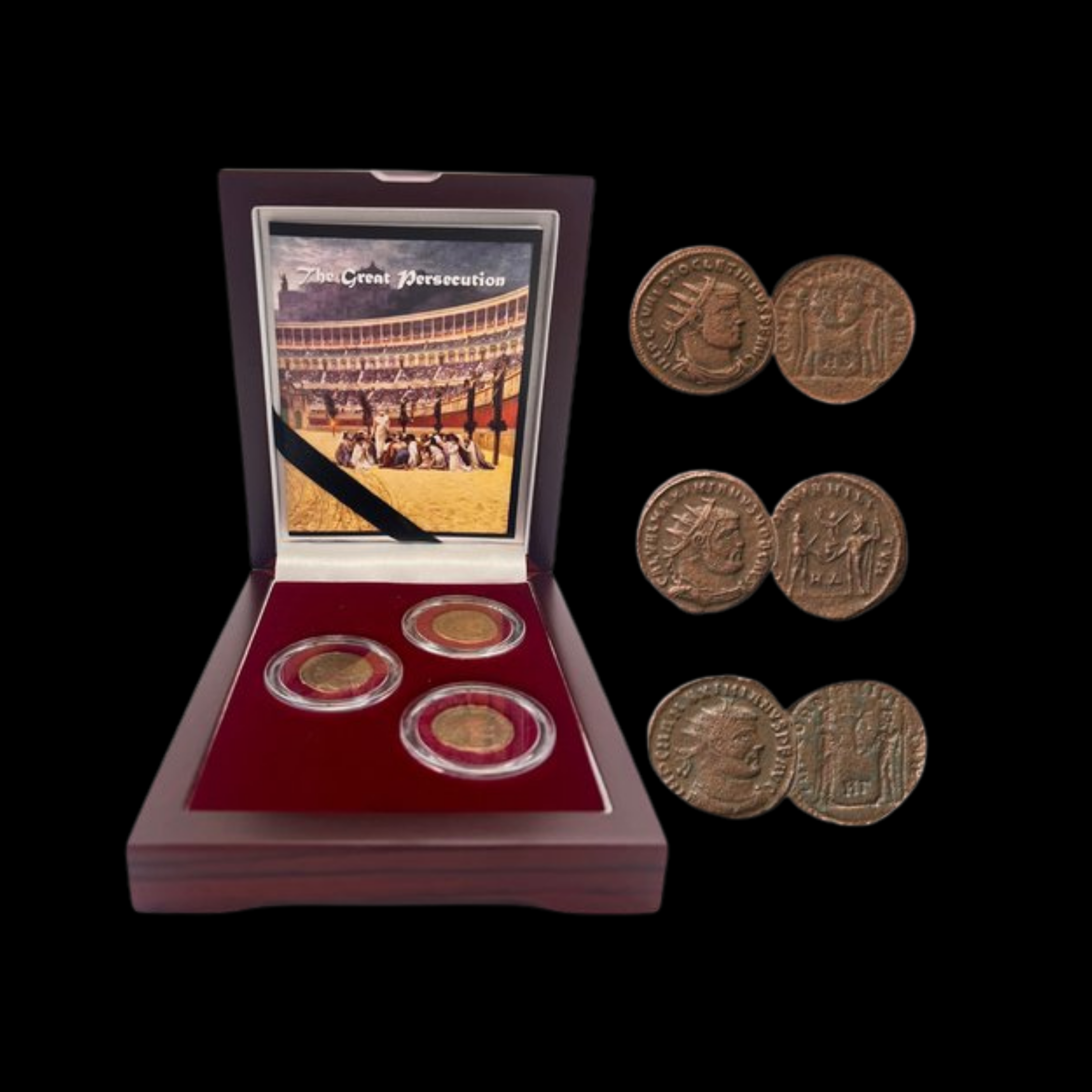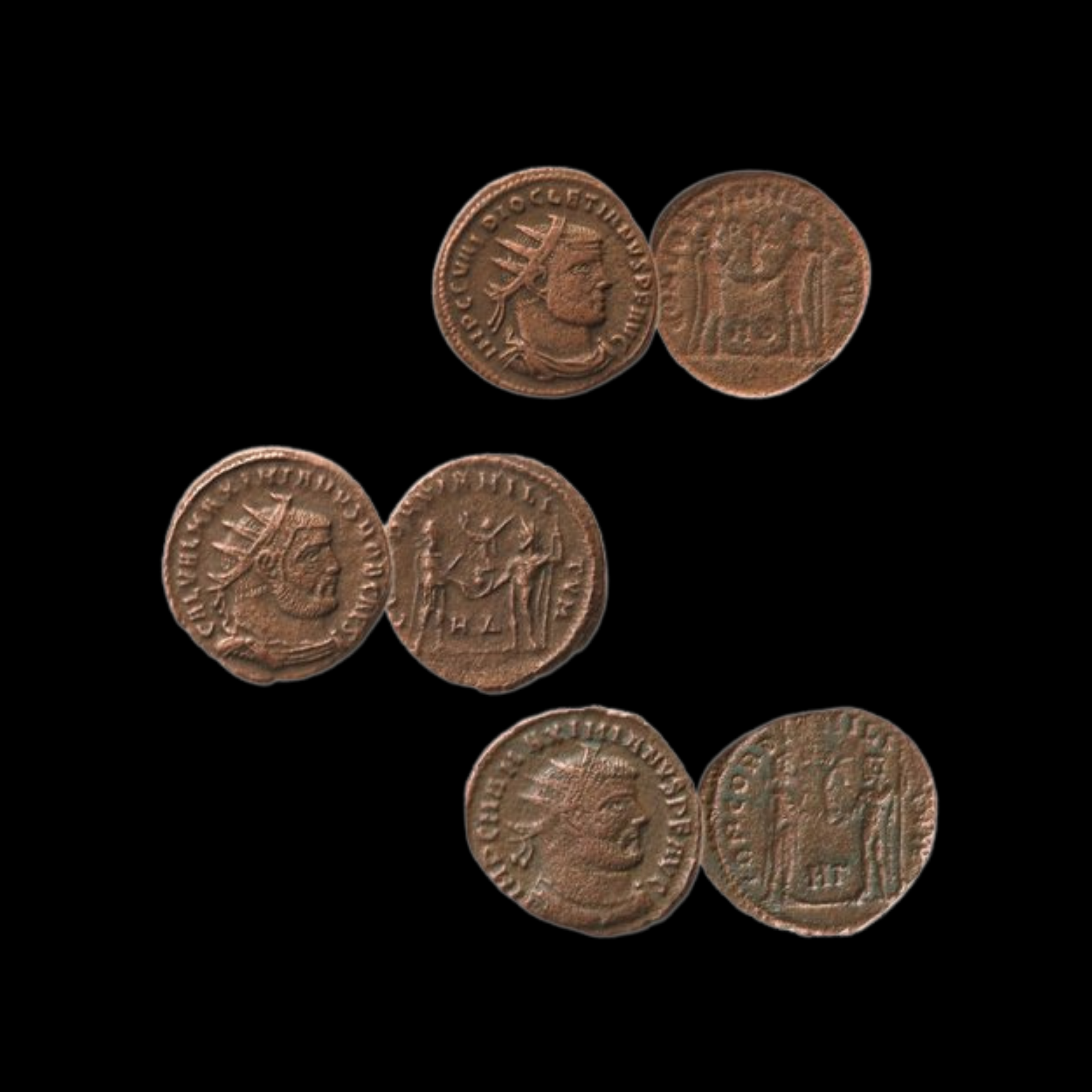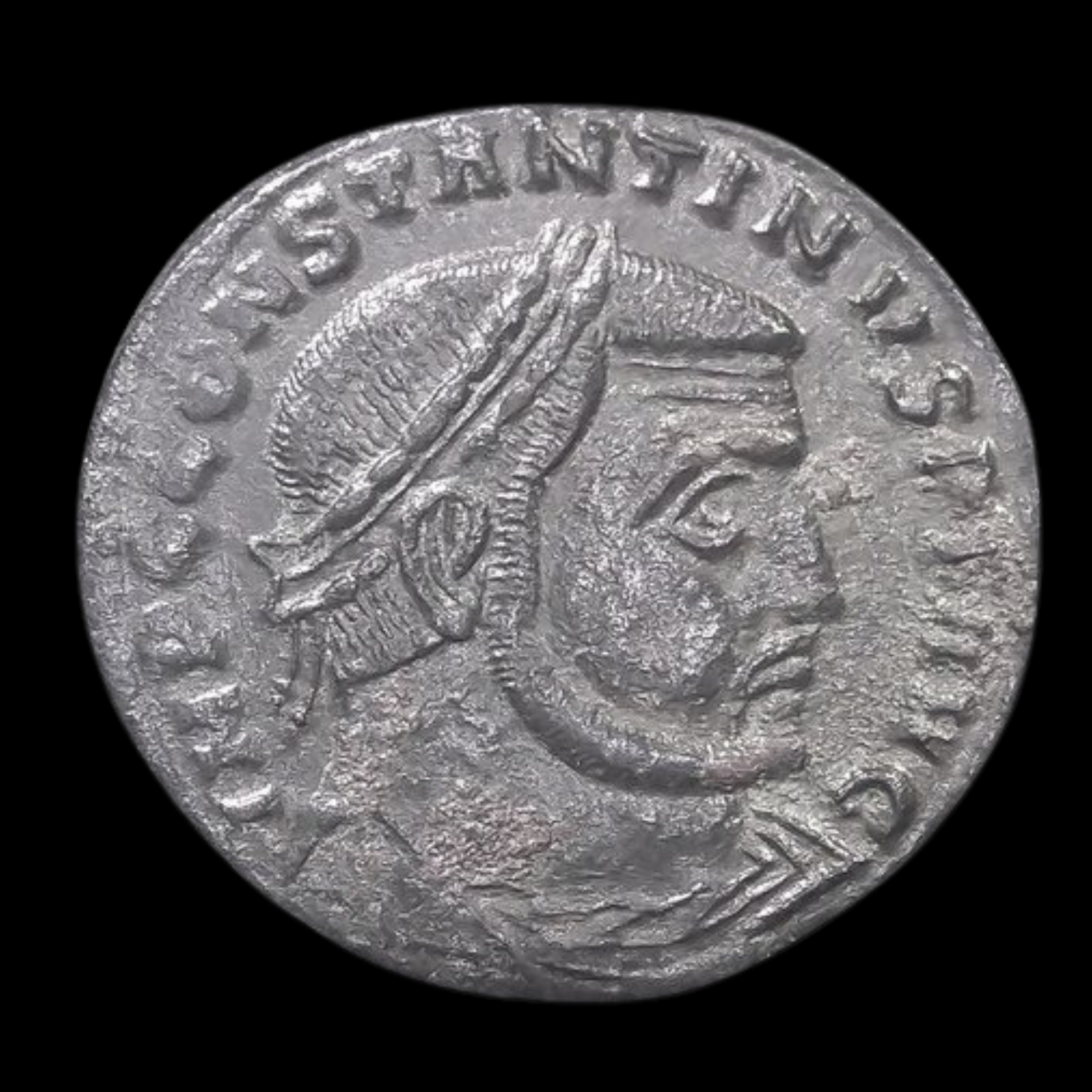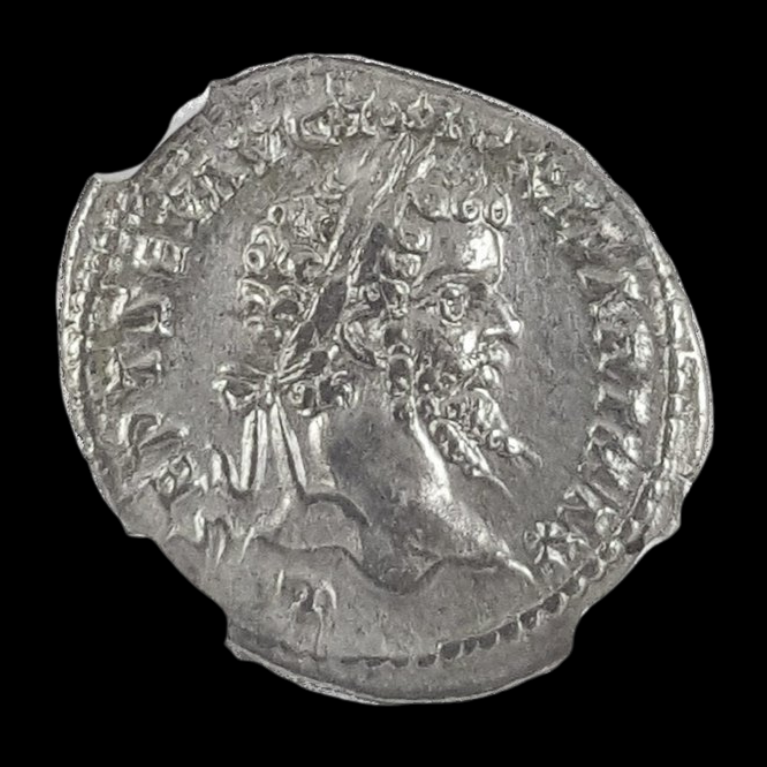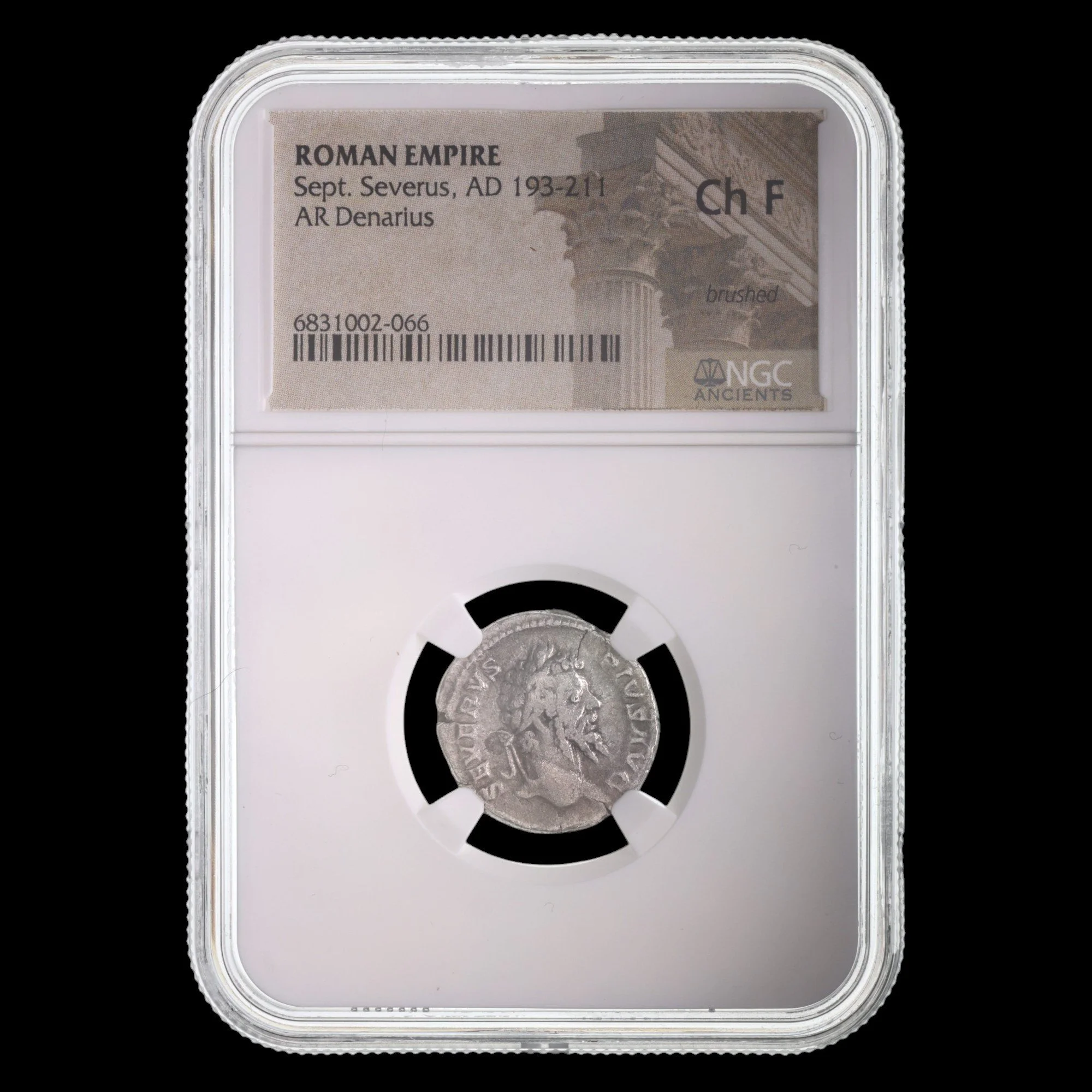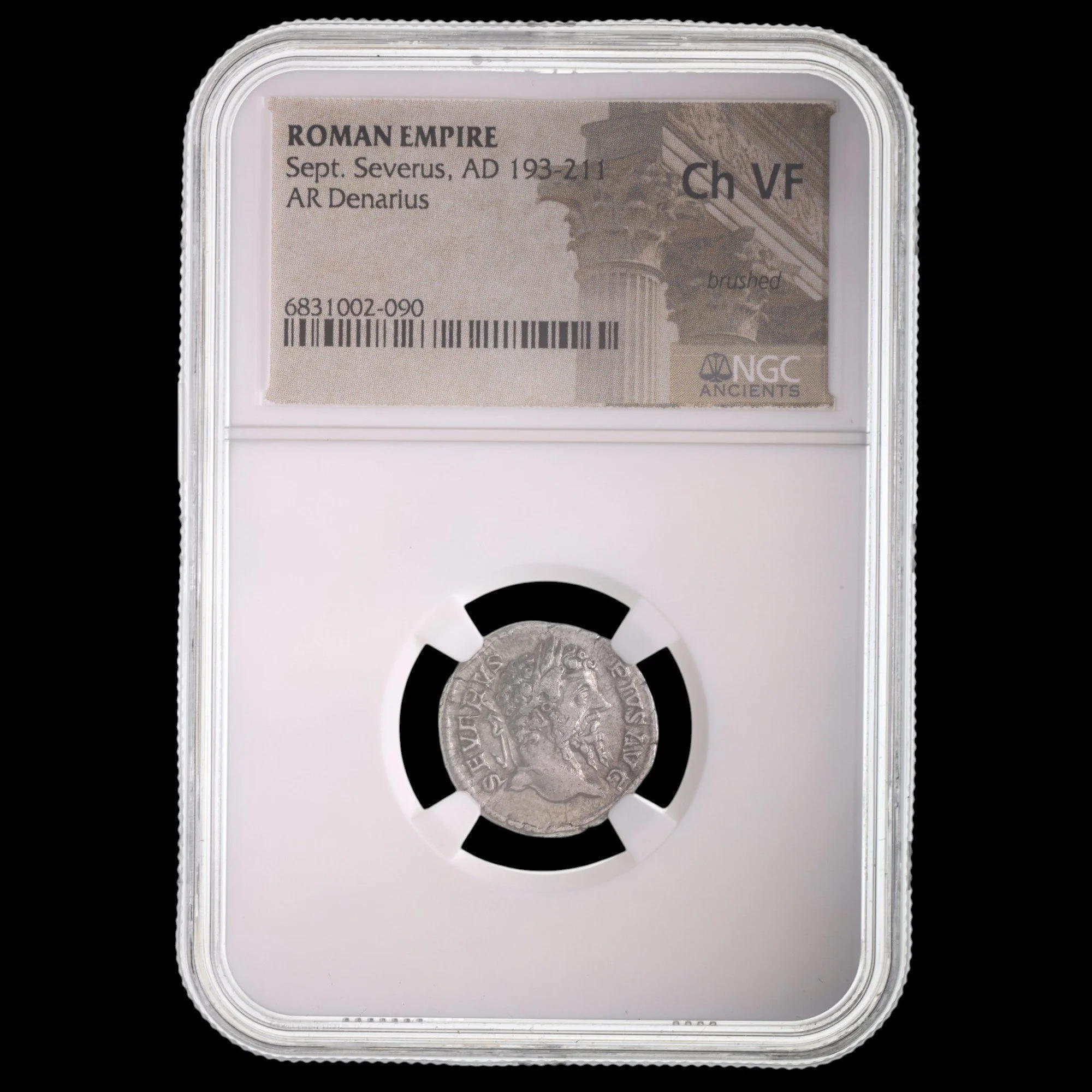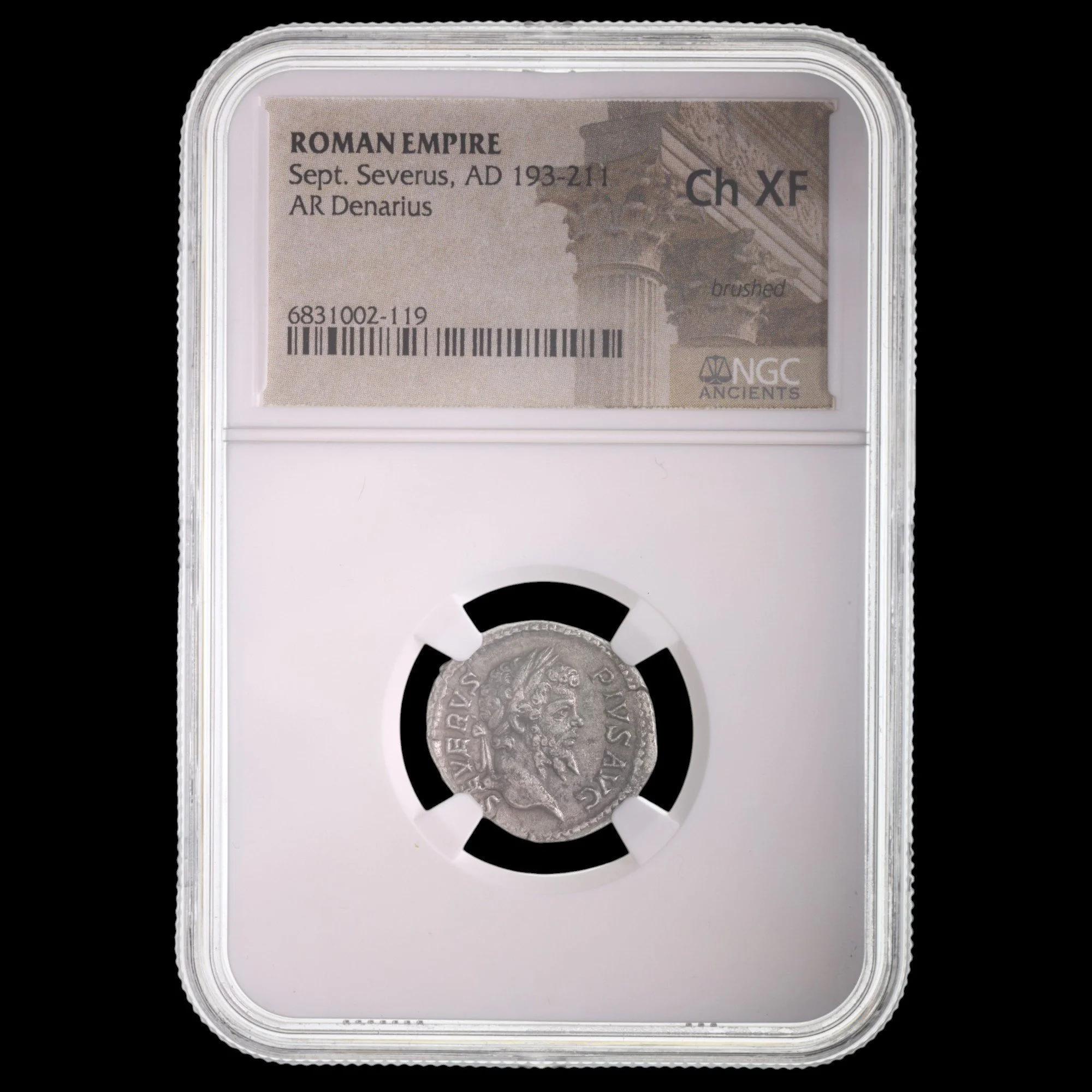 Image 1 of 5
Image 1 of 5

 Image 2 of 5
Image 2 of 5

 Image 3 of 5
Image 3 of 5

 Image 4 of 5
Image 4 of 5

 Image 5 of 5
Image 5 of 5






Roman Bronze Coin of Vetranio (about 1,675 years ago)
The coins shown are representative examples of the grade and type, but not the actual specimens for sale. For details on NGC’s grading standards and definitions, please refer to our NGC Grading page
This bronze coin was issued in the name of Vetranio, an experienced military commander who briefly claimed imperial power in 350 CE during a turbulent period of succession crisis in the Roman Empire. Though technically issued in the name of Constantius II, this coin represents the complex political maneuvering that occurred after the murder of Emperor Constans.
Coin Description:
Front side: Portrait of Vetranio facing right, likely wearing imperial diadem and military attire, with his name and titles in Latin around the edge.
Back side: Probably features standard mid-4th century imperial imagery such as the emperor standing with military standards, Victory figure, or possibly a "CONCORDIA MILITVM" (harmony of the soldiers) design.
Technical Details:
Bronze alloy composition
Denomination: AE (bronze) coin
Weight: Approximately 4-5 grams
Diameter: Approximately 20-22 mm
NGC Certified for authentication and preservation
Minted in 350 CE
Condition as specified by NGC certification
Historical Significance: Vetranio's brief ten-month reign represents a unique moment in Roman history. Rather than being a traditional usurper, he was encouraged to take power by Constantina (Emperor Constantius II's sister) as a protective measure after the murder of Emperor Constans by the usurper Magnentius. Unlike most failed imperial claimants, Vetranio was allowed to peacefully retire after surrendering his imperial claims to Constantius II, receiving a state pension rather than execution. His coinage provides physical evidence of this unusual political arrangement in the gradually fracturing Roman world of the mid-4th century.
The coins shown are representative examples of the grade and type, but not the actual specimens for sale. For details on NGC’s grading standards and definitions, please refer to our NGC Grading page
This bronze coin was issued in the name of Vetranio, an experienced military commander who briefly claimed imperial power in 350 CE during a turbulent period of succession crisis in the Roman Empire. Though technically issued in the name of Constantius II, this coin represents the complex political maneuvering that occurred after the murder of Emperor Constans.
Coin Description:
Front side: Portrait of Vetranio facing right, likely wearing imperial diadem and military attire, with his name and titles in Latin around the edge.
Back side: Probably features standard mid-4th century imperial imagery such as the emperor standing with military standards, Victory figure, or possibly a "CONCORDIA MILITVM" (harmony of the soldiers) design.
Technical Details:
Bronze alloy composition
Denomination: AE (bronze) coin
Weight: Approximately 4-5 grams
Diameter: Approximately 20-22 mm
NGC Certified for authentication and preservation
Minted in 350 CE
Condition as specified by NGC certification
Historical Significance: Vetranio's brief ten-month reign represents a unique moment in Roman history. Rather than being a traditional usurper, he was encouraged to take power by Constantina (Emperor Constantius II's sister) as a protective measure after the murder of Emperor Constans by the usurper Magnentius. Unlike most failed imperial claimants, Vetranio was allowed to peacefully retire after surrendering his imperial claims to Constantius II, receiving a state pension rather than execution. His coinage provides physical evidence of this unusual political arrangement in the gradually fracturing Roman world of the mid-4th century.


